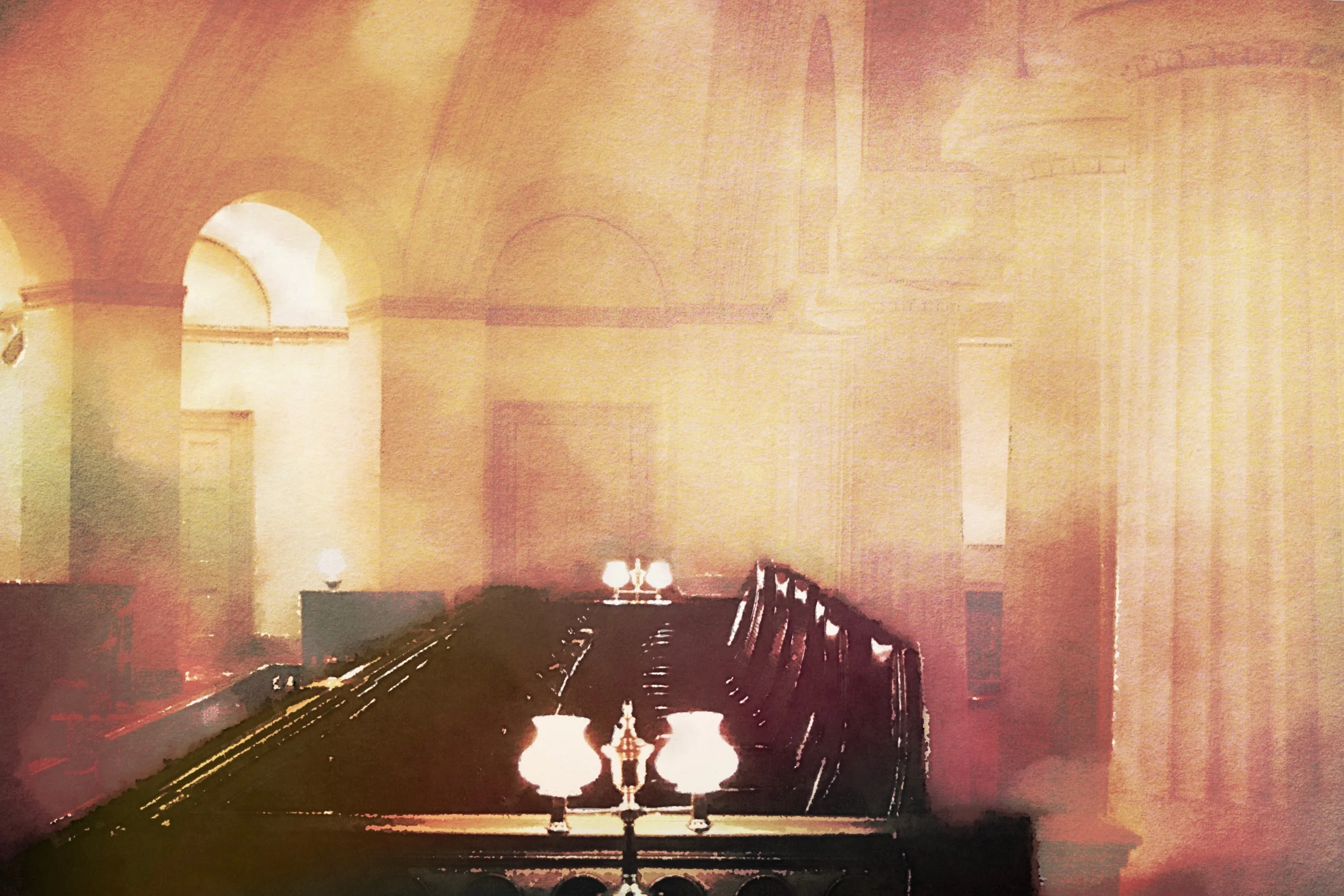Ruth Bader Ginsburg gave three rather critical interviews on the state of American politics this week. Three interviews that she now admits were ill-advised. She’s been shouted down by Donald Trump for doing so—and the editorial boards of the Washington Post and the New York Times seem to agree. This is against decorum, they say—against the traditions of the US Supreme Court.
Yes, the same newspapers that decry Hillary Clinton for not holding a press conference in 200+ days are now criticizing a leader of an entire branch of our government for giving three interviews. The press complains about Hillary Clinton, who doesn’t yet hold any formal position of power—and yet these editorial boards don’t want any visibility into the perspective of a powerful public official.
How powerful?
In the mathematics of our three-branch system, Ruth Bader Ginsburg holds as much power as 67 members of Congress combined. But learning how she feels about important current events is, in the estimation of these newspapers, too much for our system to bear.
We treat the Supreme Court more like a church than a public institution. We treat its members—not like living breathing people—but like the oracles from Minority Report; embalmed and unspeaking. We think it improper for them to give interviews. Or comment on public events. Or even to clap at a public speech. None of these prohibitions made it into the Constitution, of course—but we treat it as gospel. Ezra Klein calls it the “fetishization of ‘objectivity.’”
There’s a long history to this. A long history of past Supreme Court Justices living in their ivory tower. But a democracy is supposed to tear down ivory towers, to deconstruct them and in their place build something more equitable for all. Yes, there’s precedent for having a decorous Supreme Court, but the Supreme Court is in the business of setting new precedent. We shouldn’t be surprised when its members do.
The surprise comes from a good place (most of the time). Because the argument for a quiet Supreme Court isn’t a crazy one—it’s just wrong. The argument goes something like this:
Justice is supposed to be blind. If we stop believing that our judges are looking fairly at a situation, we might lose faith in the justice system altogether. That’s a dangerous thing. When the justice system breaks down, people seek their own justice—often through violence.
So the edifice of “impartiality” is important.
But we all know that Notorious R.B.G. is not apolitical. We all know that she is more likely to sympathize with Democrats than Republicans. She was appointed by a Democrat, after all. Every member is appointed by one partisan or another. This isn’t news—so why can’t she say how we all know she feels? Is there really any harm to it?
Yes—some might say. Because the Supreme Court isn’t the only court. Not all judges are partisan appointees. If we doubt the impartiality of Supreme Court justices, we may lose faith in all judges. All courts. And the whole system of justice might unravel.
I doubt it. But if it does—if getting more visibility into the workings of a key part of our government system makes us lose faith in that part’s ability to work fairly, then we should unravel it. If only to find ways to fix it.
By limiting visibility into the Supreme Court, we have tried to serve the idea that justice is blind—but we the people are the ones left blind. Blind to how a whole branch of our government works; blind to the goals that branch believes it is working towards; blind to whether it’s working for us at all. Blind to all accountability. And blind to the individuals behind the bench. Who are these people? How do they see the world? How are they shaping our lives?
There isn’t much public scrutiny into how the Supreme Court operates—or debate over why they operate as they do. There’s not a lot of talk about who they benefit by operating in this way. Who does it serve to have a Supreme Court with members unaccountable to media questions? Who does it serve to have a court woefully paper-based in a digital world? Who does it serve to continue banning cameras from the courtroom? Is it really in the public interest—or is it merely a convenience to the justices? Is it really the best for everyone—or an elite few who are in the business of the Supreme Court’s business? Because the court isn’t there for convenience or to edify the political class. It’s there to serve the people. The more information we have about it, the better.
Yes, stripping away the cloak of reverence will open the court to criticism. But criticism in a democracy is a good thing. It’s how problems are found and solutions forged. It’s how we get better.
But opening the court will have perhaps an even more profound effect—it’ll also make it accessible to millions of Americans for the first time.
Every American knows the President—many know the Vice President and the Speaker of the House. But hardly anyone can name a single Supreme Court Justice. This isn’t because courts are boring places. Courts are inherently dramatic—there are far more court dramas on TV than there are dramas about politics. So why don’t we know these cases the way we know cases like the OJ Simpson trial? It’s because of the way we—and the media—treat the people serving on the court. We accept a standard of obfuscation in the court that we’d never accept from any other branch.
Imagine if President Obama gave no speeches, no interviews, no press conferences or town halls. Imagine if he was rarely seen on video. Imagine if his face appeared mostly in still images and that these images were sketched by a sketch artist—because no photographers were allowed in the White House. Imagine if the only way to know the workings of the executive branch was to actually read Executive Orders, or arcane articles about Executive Orders. That would be an absurd burden to the average citizen. Few would read the articles. Fewer still would read the Executive Orders. Most knowledge of the presidency would be limited to what carried by word of mouth or random cultural references. And all of us would be in the dark about how important decisions were made. What’s worse—we’d have no insight into the president’s agenda for future decisions to come.
That’s no way to run a country—but it’s how the Supreme Court exists today. That’s not good enough for the 21st century. That’s not good enough for democracy. And it’s certainly not good enough for the American people.
The job of opening the court doesn’t end with Ruth Bader Ginsburg making jokes at Donald Trump’s expense. But it’s a start. It’s a start because with that little glimpse of her personality, America glimpsed the court for who it is not just what it does. America glimpsed a living, breathing, thinking court—a court made up of people from this time and place. A court that cares about what we care about, that follows the news we follow—that’s handing down judgments not from on high—but from right here in this messy world of uncertainty. A court grounded firmly in reality.
I want a court that speaks its mind. I want a court that stands up for itself. I want a court that is equal to the other branches of government—and equal to the challenges we face. A court unafraid to show its face.

